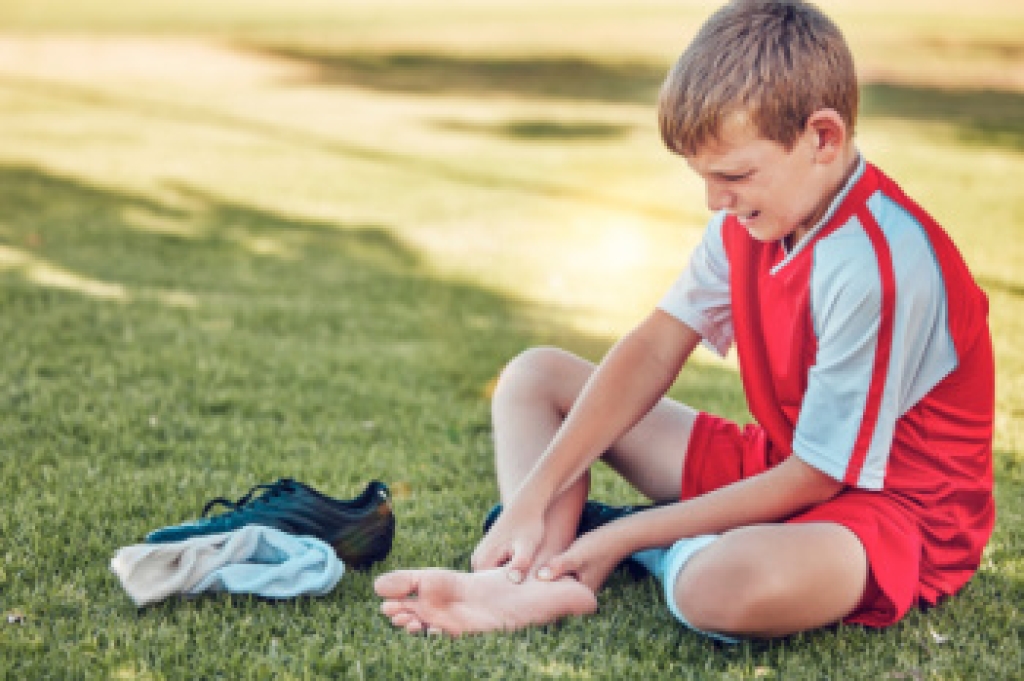
Heel fissures, commonly called cracked heels, are splits in the skin on the heel. They occur when the skin becomes dry and thickened, often due to pressure from standing, walking, or wearing open-back shoes. These fissures can look like deep, dry cracks that may be surrounded by flaky, rough skin. In severe cases, the cracks can bleed or become painful and infected. The main cause is dryness, but contributing factors include obesity, diabetes, or eczema. Prevention focuses on keeping the skin hydrated by applying foot creams, avoiding walking barefoot, and wearing well-fitted shoes that protect the heel. Relief for mild cases involves moisturizing and gently removing thick skin with a pumice stone. For severe or painful fissures, it is suggested that you see a chiropodist who can provide specialized care to promote healing and prevent complications.
Cracked heels, also known as heel fissures, can cause pain and discomfort. If your cracked heels are bothering you, please consult with one of the chiropodists from The Footcare Centre. Our chiropodists will assess your condition and provide you with quality foot and ankle treatment.
Dry, thickened skin around the rim of the heel is typically the first sign of cracked heels. While this condition is common and usually just a nuisance, some cases can be more severe. If left untreated and as more pressure is placed on the heel, the cracks become deeper and eventually walking and standing can be painful. These deep cracks or fissures can bleed and also become infected. Those with diabetes need to be especially careful as fissures could lead to diabetic foot ulcers.
Causes
Cracked heels can be the result of several different factors, including:
- Dry skin
- Taking long, hot showers or using harsh soaps
- Standing for long periods of time
- Walking barefoot
- Walking in shoes with an open back, such as sandals or flip flops
- Wearing shoes that do not fit properly
- Living in a cold or dry climate
- Certain skin conditions, such as eczema or psoriasis
Treatment
There are many at-home treatment remedies for cracked heels. Applying moisturizers to the heel can help hydrate the skin. Soaking your feet in warm water and exfoliating them with a loofah or pumice stone can help to buff away dead skin cells. If you are afflicted with cracked heels, it is recommended that you see a chiropodist for treatment.
Prevention
You can prevent cracked heels by:
- Avoiding standing in one position for prolonged periods of time
- Wearing well-fitted shoes with a closed back
- Washing your feet with gentle soaps and lukewarm water
- Moisturizing the feet daily
If you have any questions please feel free to contact our office located in Niagara Falls, ON .




